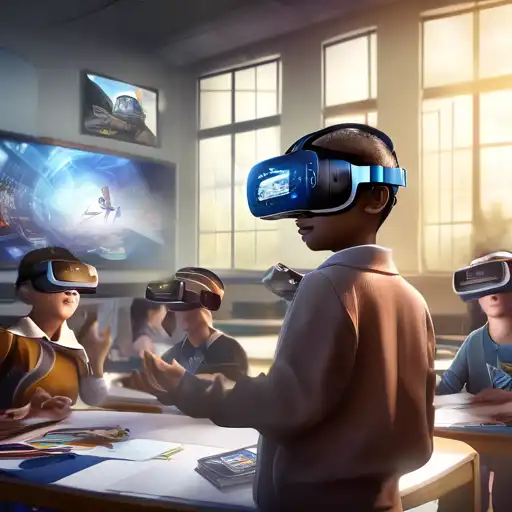Revolutionizing Learning: The Impact of Virtual Reality in Education
Virtual Reality (VR) is transforming the educational landscape, offering immersive learning experiences that were once unimaginable. This technology is not just a tool for entertainment but a powerful educational instrument that can enhance understanding, retention, and engagement among students of all ages.
The Benefits of VR in Education
VR in education brings numerous benefits, including:
- Enhanced Engagement: VR captivates students' attention like never before, making learning more interactive and fun.
- Improved Retention: Immersive experiences help students remember information longer by engaging multiple senses.
- Accessible Learning: VR can simulate environments and scenarios that are otherwise inaccessible to students, such as historical events or distant planets.
- Safe Practice Environment: It provides a risk-free platform for practicing skills, from surgical procedures to mechanical repairs.
Implementing VR in Classrooms
Integrating VR into educational settings requires careful planning and consideration. Schools and institutions must:
- Invest in quality VR equipment and software that aligns with their curriculum.
- Train educators on how to effectively use VR technology to enhance learning outcomes.
- Ensure content is age-appropriate and pedagogically sound.
For more insights on integrating technology in education, explore our guide on educational technologies.
Challenges and Considerations
Despite its potential, VR in education faces several challenges:
- Cost: High-quality VR systems can be expensive, making it difficult for some institutions to adopt.
- Technical Issues: VR requires robust hardware and software, which can sometimes lead to technical difficulties.
- Health Concerns: Prolonged use of VR can cause discomfort or motion sickness for some users.
Addressing these challenges is crucial for the widespread adoption of VR in educational settings.
The Future of VR in Education
The future of VR in education is bright, with advancements in technology making it more accessible and effective. As VR becomes more mainstream, we can expect to see:
- More affordable and user-friendly VR solutions tailored for educational purposes.
- Greater emphasis on collaborative VR experiences that promote teamwork and communication.
- Integration with other emerging technologies, such as artificial intelligence, to create personalized learning experiences.
Virtual Reality is paving the way for a new era in education, offering limitless possibilities for enhancing how we learn and teach. By embracing this technology, educators can provide students with unparalleled learning experiences that prepare them for the future.
For further reading on innovative educational tools, check out our collection of articles.
